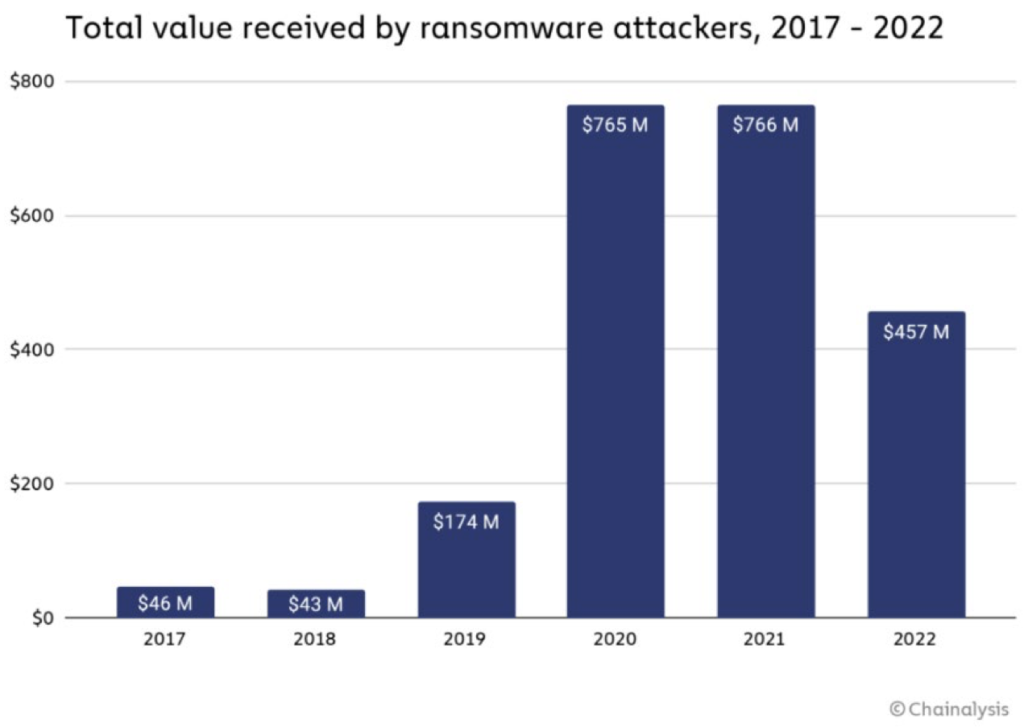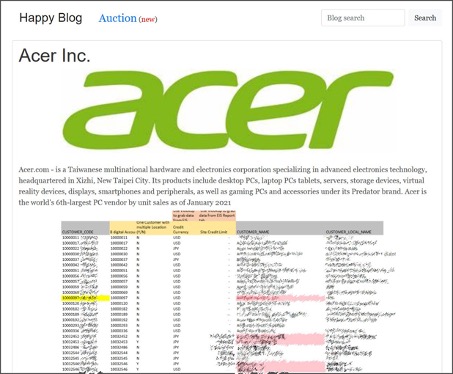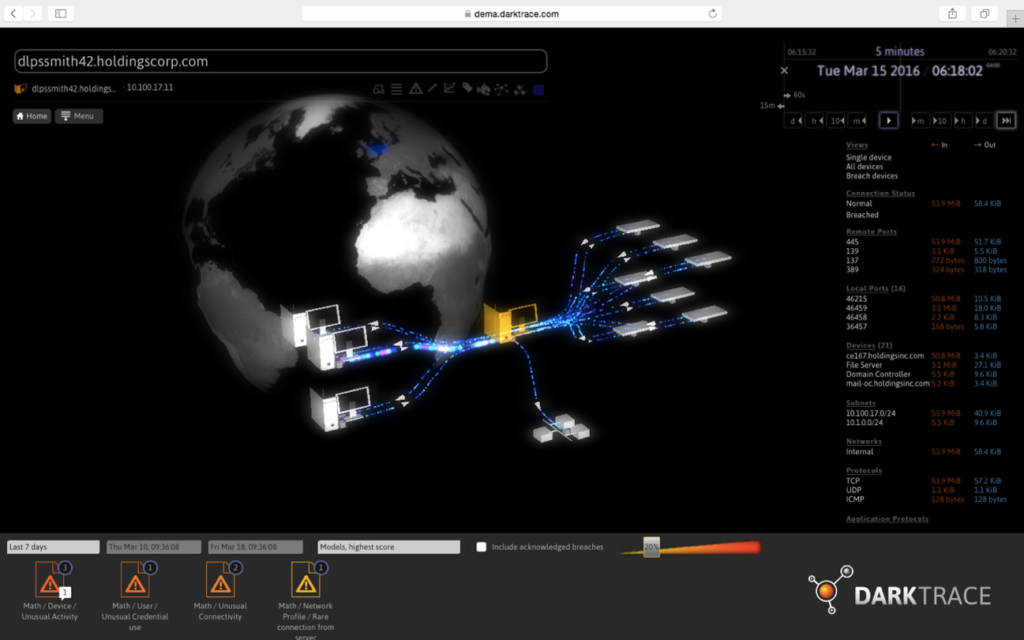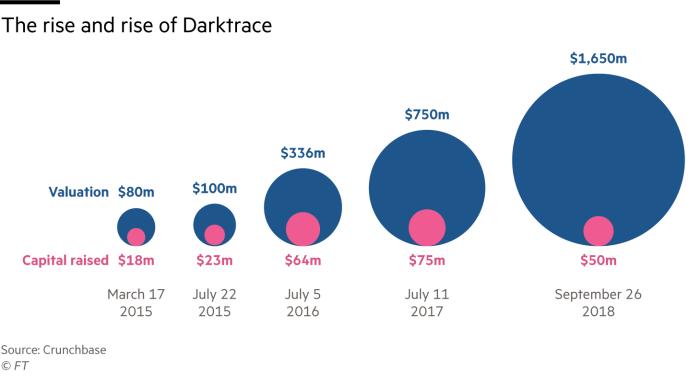
Artificial intelligence, often hailed as the technological marvel of our age, has indisputably revolutionised the world as we know it. Its applications span across industries, from healthcare to finance, augmenting human capabilities and unleashing unprecedented potential. However, much like the legendary double-edged sword, AI possesses a dual nature. On one side, it brings numerous benefits, but on the other, it has the capacity to be wielded for despicable purposes. In this post, we will delve into the shadowy realm where AI’s immense power is harnessed, not for progress, but for peril.
AI-Based Threats
Artificial intelligence possesses a dark side in the realm of cybersecurity. AI-based threats leverage this technology to orchestrate malicious activities. These threats include AI-driven malware capable of adapting and evading detection such us AI-generated phishing attacks that deceive even the vigilant, and deepfake content used for social confusion, all representing the perilous side of AI’s capabilities. We should look into this topic to gain awareness of the potential threats and prepare for them.
Phishing Attacks
Phasing attacks are the most popular form of cyber attacks. It is estimated that more than 3.4 billion emails are sent every day, but with use of AI they can be taken on a new dimension. AI-driven phishing attacks involve the use of advanced algorithms to create highly convincing and personalised (language, writing style, culture, etc.) deceptive content. These sophisticated campaigns are designed to trick individuals into divulging sensitive information or taking harmful actions, making them even more challenging to detect and defend against.
Sabotaging AI
Numerous companies have either adopted AI into their operations or are in the process of doing so. It’s increasingly likely that AI will become a standard component for the majority, if not all, of companies in the near future. But this also makes AI a new target of interest for hackers, as they seek to manipulate data or inject false information that can compromise the integrity of AI-driven operations. By infiltrating AI systems, attackers could potentially exploit vulnerabilities to feed incorrect or malicious data, leading to skewed decision-making, financial losses, and reputational damage for companies relying on these technologies. As AI continues to advance, the importance of safeguarding against such manipulations becomes paramount in ensuring the reliability of AI-powered solutions.
AI Chats Recommendations
Another potential security risk involves AI-generated recommendations. When users ask AI-powered chatbots for webpage suggestions or package to solve a specific coding problem, they should exercise caution, as the responses provided by AI can frequently be outdated or don’t even exist anymore. Hackers take advantage of this by creating links or packages under links generated by AI. Once users search for specific answer they click on these fake links or install the deceptive packages, unknowingly exposing their systems to a variety of threats, including malware, spyware, or ransomware. This tactic capitalises on the trust users place in chatbots, making it essential for individuals and organisations to exercise caution and verify the authenticity of any recommendations received through these AI-driven interfaces to avoid falling victim to cyberattacks.
AI-Generated Fake Content
AI-Generated Fake Content represents a growing threat in the realm of disinformation and cyber manipulation. Hackers with malicious intent can exploit AI to create highly convincing videos and other multimedia content featuring well-known figures, such as CEOs or public figures. By harnessing the vast amounts of publicly available data, including speeches, interviews, and images, hackers can craft convincing, but entirely fabricated, messages or appearances. These fraudulent materials can be used for a variety of nefarious purposes, such as market manipulation or spreading disinformation. For instance, a hacker may create a video in which a CEO appears to announce a groundbreaking product or event, causing a surge in stock prices before the fraud is exposed. Similarly, they can flood social media platforms with posts or comments promoting fake news about wars, politicians, or other sensitive topics. The speed and scale of AI-generated content can make it challenging for individuals and organizations to discern the authenticity of the information, leaving them vulnerable to potential financial losses or reputational damage.
Conclusion
In the age of AI, we are witnessing the remarkable transformation of industries and the vast potential of artificial intelligence. However, we’ve also uncovered its darker side, where AI can be weaponised for malicious purposes. From AI-based cyber threats to the spread of fake content, the risks are real, and they can have profound consequences. To safeguard our digital landscape, it’s imperative that we prioritize data security and enact robust protective measures.
While we’ve discussed several ways hackers can misuse AI, it’s essential to remember that AI technology is ever-evolving, and we may encounter unforeseen challenges. We must prepare for the unknown, maintain vigilance, and advocate for strong government regulations to ensure the ethical and responsible use of AI. Striking a balance between innovation and security will be the key to harnessing the full potential of this transformative technology while mitigating the risks it may pose. In an age where AI’s reach continues to expand, we must always hope for the best but be prepared for the worst.
Sources:
- https://aag-it.com/the-latest-phishing-statistics/#:~:text=Yes%2C%20phishing%20is%20the%20most,emails%20are%20sent%20every%20day.
- https://www.reuters.com/technology/ai-being-used-hacking-misinfo-top-canadian-cyber-official-says-2023-07-20/
- https://www.infoworld.com/article/3699256/malicious-hackers-are-weaponizing-generative-ai.html
- https://vulcan.io/blog/ai-hallucinations-package-risk#h2_1
- https://www.csoonline.com/article/651125/emerging-cyber-threats-in-2023-from-ai-to-quantum-to-data-poisoning.html#:~:text=According%20to%20that%20report%2C%20hackers,and%20more%20specifically%20generative%20AI.
- https://ipvnetwork.com/ai-cyber-attacks-the-growing-threat-to-cybersecurity-and-countermeasures/
AI generator use:
Chat GPT- 3.5









